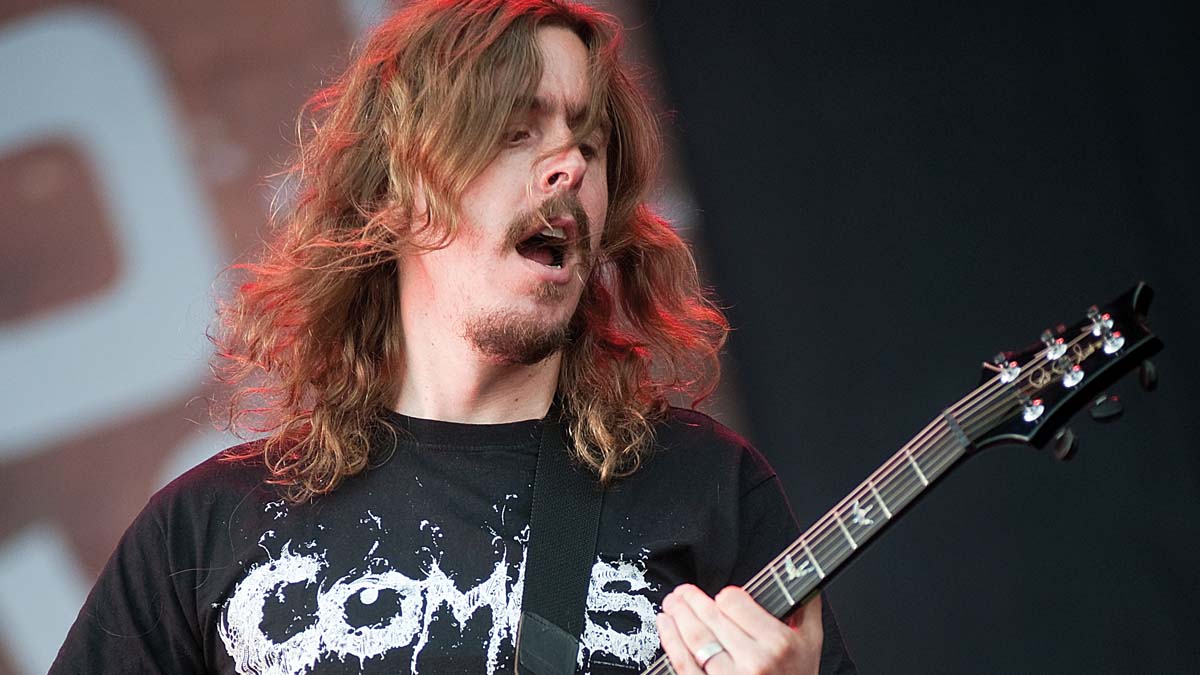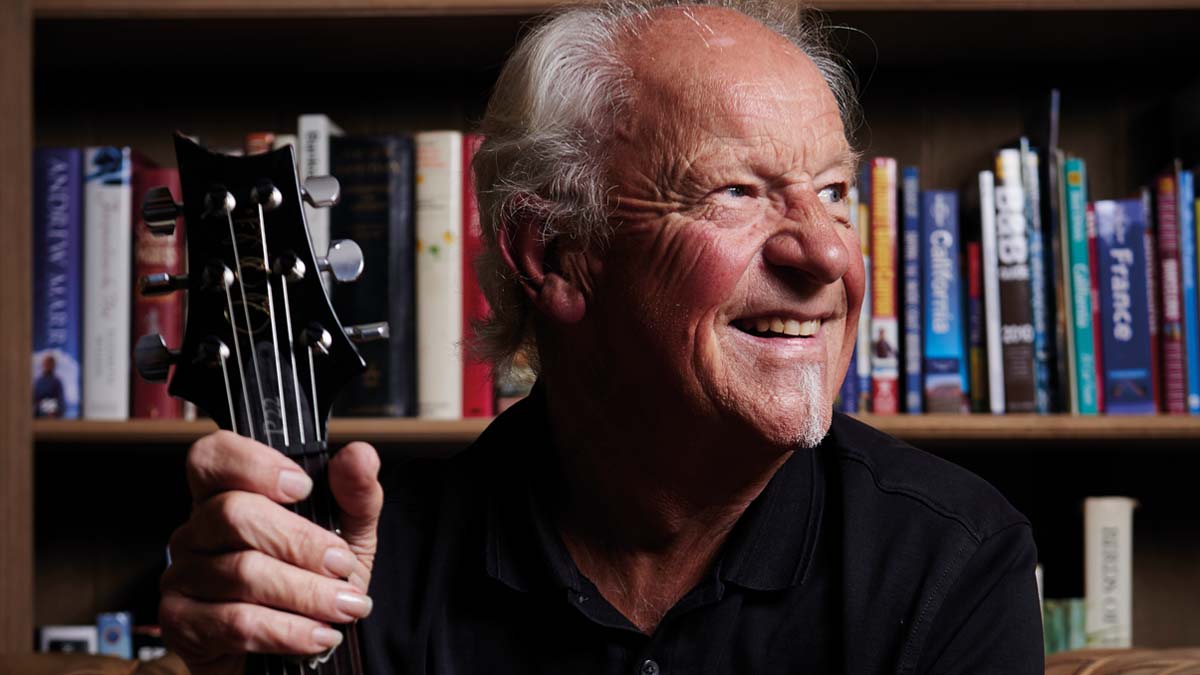35 PRS guitarists – including John Mayer, Alex Lifeson, Dave Navarro and Carlos Santana – on why they love Paul Reed Smith's guitars
As Paul Reed Smith celebrates its 35th anniversary, we speak to the players who put PRS on record and on the map
Mikael Akerfeldt – Opeth

• MODEL: PRS CE24
• SONG: Bleak – from Blackwater Park (2001)
“A second-hand black CE24 that I bought from a friend became my primary tool for Opeth,” Mikael Akerfeldt says. “The year after I bought it, I used it to record all of Blackwater Park. That guitar stayed with me for many years, both on tour and in the studio, although it’s now resting because it has massive sentimental value to me.
“Since then I’ve used so many different PRS guitars in the studio that I’ve lost count, really – a late-'80s blue Custom 24, a black quilted-top Custom 24, a Modern Eagle Singlecut and many others.”
Martin Barre – Jethro Tull

• MODEL: PRS 513
• SONG: God Rest Ye Merry Gentlemen – from The Jethro Tull Christmas Album (2003)
“I first was introduced to PRS around 1998,” Barre says. “I was in my local guitar store in Exeter, and my eye was drawn to a very attractive McCarty hollowbody on the shop wall. I bought it straight away, and to this day it is my first-call instrument in my studio. It’s the guitar I would grab in a hurry when the aliens invade!
“A few years later I started using PRS 513 guitars with Jethro Tull, both in the studio and live on stage. In 2013 we made several videos that feature my PRS collection – yes, it grew! Today I have a pair of PRS P22 guitars stored in the US and the UK, which are my current go-to stage instruments.”
Brad Delson – Linkin Park
• MODEL: PRS CE24
• SONG: One Step Closer – from Hybrid Theory (2000)
Get The Pick Newsletter
All the latest guitar news, interviews, lessons, reviews, deals and more, direct to your inbox!
“I remember that Mike Einziger from Incubus had a PRS, and it was the most aspirational guitar I had ever seen,” Delson recalls. “When my band Xero got its first publishing advance, I convinced the guys to let me spend a portion of it on my first PRS – a blue CE24.
“Later, that became the main guitar I used to record Hybrid Theory. I’m pretty certain I used it on ‘One Step Closer,’ which epitomizes the iconic sound of that guitar in drop C# tuning through a Mesa Boogie Dual Rectifier.”
Al Di Meola
• MODEL: PRS Custom Singlecut Trem
• SONG: Broken Heart – from Opus (2018)
Al Di Meola was one of the very first artists to play a Paul Reed Smith guitar. During the mid-'70s, he ordered a custom 12-string electric from Smith, which Di Meola played on Elegant Gypsy Suite from Elegant Gypsy. However, about 30 years passed before PRS introduced its first Di Meola signature model, the Prism, in 2008.
“Designing my signature model with Paul was one of my most enjoyable experiences,” Di Meola says. “It has the most beautiful finish ever! I’ve owned a lot of PRS guitars, and I’ve recorded many albums with them: Soaring Through a Dream, Tirami Su, Consequence of Chaos, Elysium and Opus, to name a few.”
Current page: Mikael Akerfeldt to Al Di Meola
Prev Page The origins of PRS Next Page Dan Estrin to Jimmy HerringChris is the co-author of Eruption - Conversations with Eddie Van Halen. He is a 40-year music industry veteran who started at Boardwalk Entertainment (Joan Jett, Night Ranger) and Roland US before becoming a guitar journalist in 1991. He has interviewed more than 600 artists, written more than 1,400 product reviews and contributed to Jeff Beck’s Beck 01: Hot Rods and Rock & Roll and Eric Clapton’s Six String Stories.
“My guitar tech ran in and said, ‘Hey, you want to meet Pete?’ I was too scared”: The Smithereens’ love affair with The Who goes way back – yet when guitarist Jim Babjak got the chance to meet Pete Townshend, he turned it down
“Every tour was the best I could have done. It was only after that I would listen to more Grateful Dead and realize I hadn’t come close”: John Mayer and Bob Weir reflect on 10 years of Dead & Company – and why the Sphere forced them to reassess everything


![John Mayer and Bob Weir [left] of Dead & Company photographed against a grey background. Mayer wears a blue overshirt and has his signature Silver Sky on his shoulder. Weir wears grey and a bolo tie.](https://cdn.mos.cms.futurecdn.net/C6niSAybzVCHoYcpJ8ZZgE.jpg)

![A black-and-white action shot of Sergeant Thunderhoof perform live: [from left] Mark Sayer, Dan Flitcroft, Jim Camp and Josh Gallop](https://cdn.mos.cms.futurecdn.net/am3UhJbsxAE239XRRZ8zC8.jpg)






